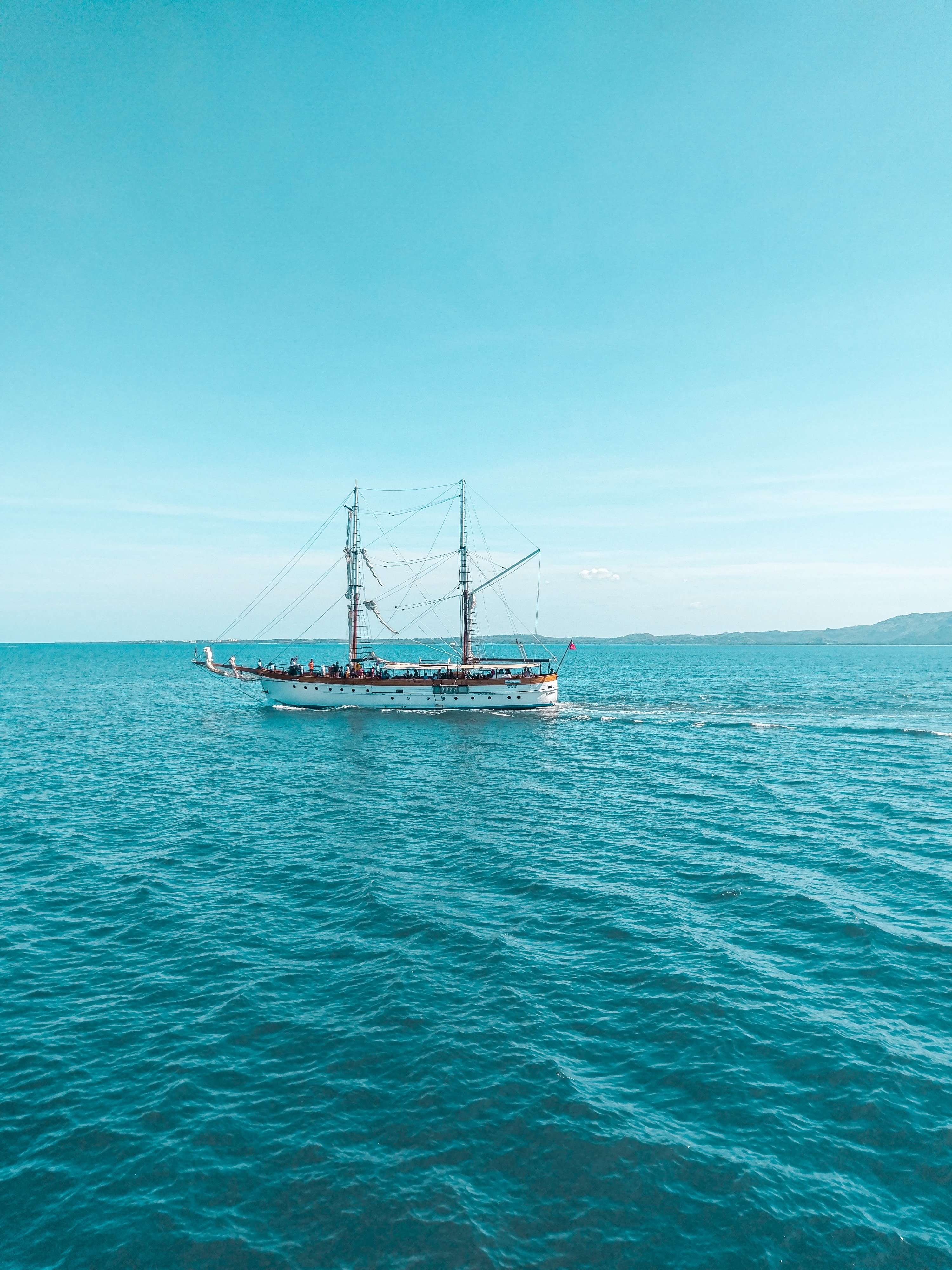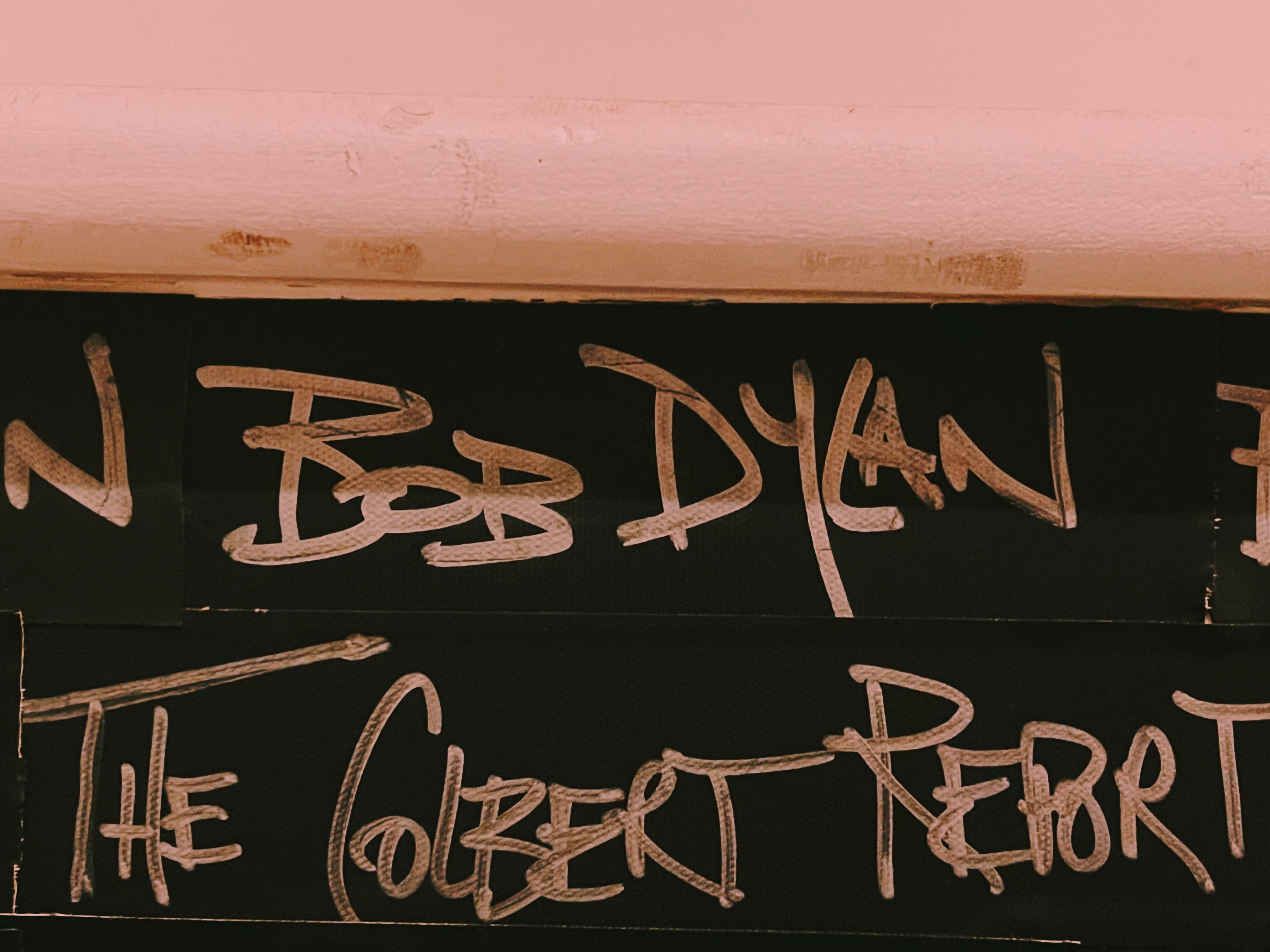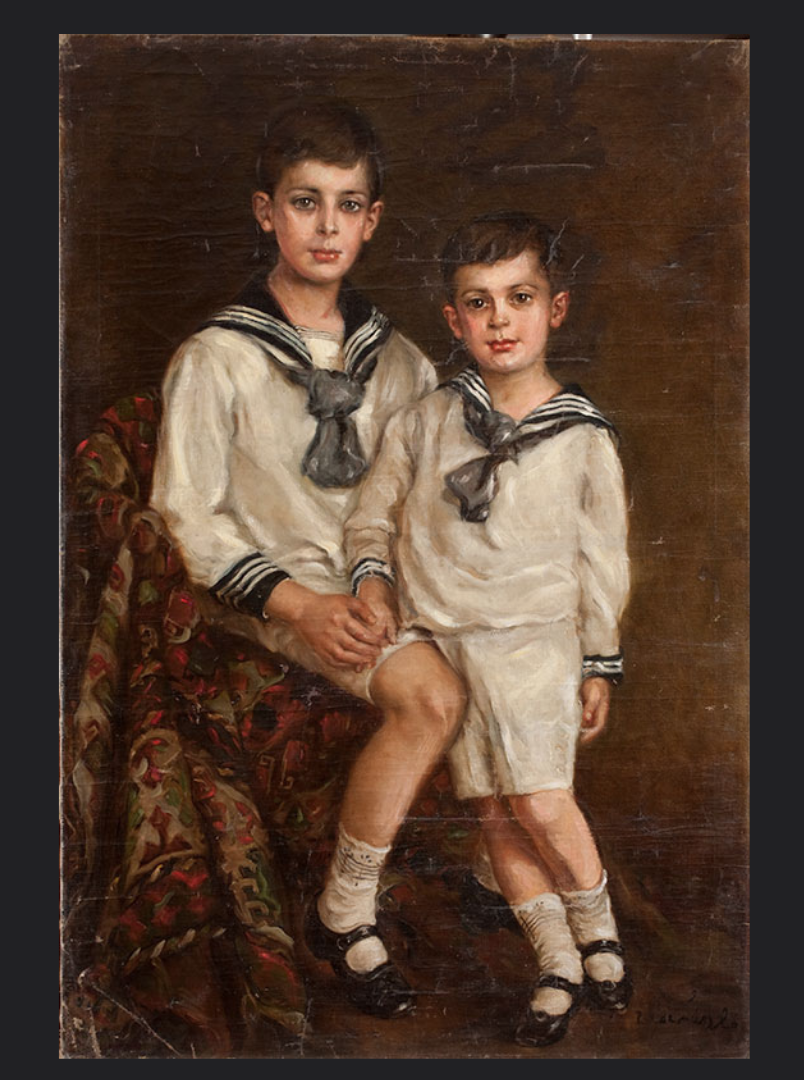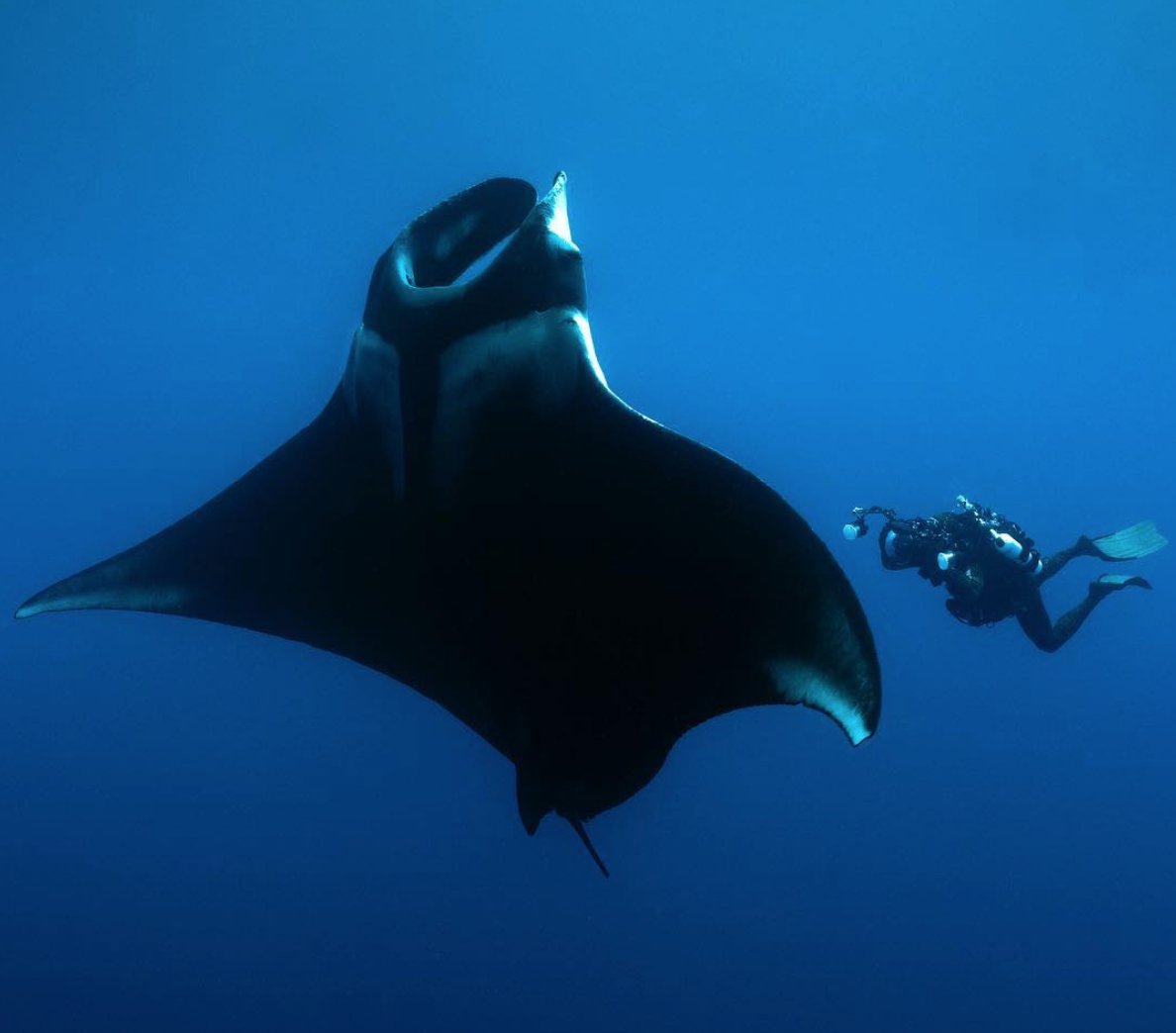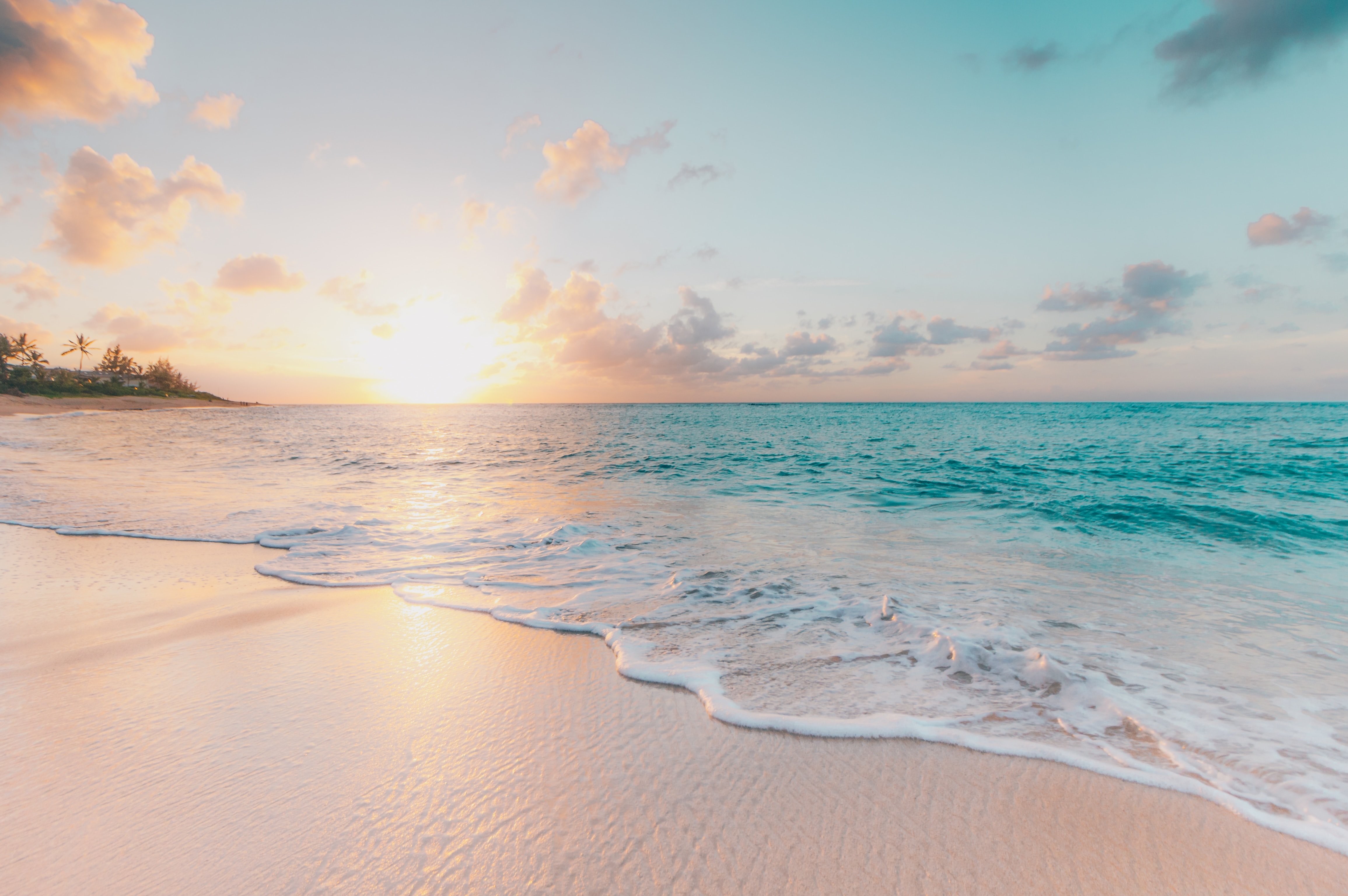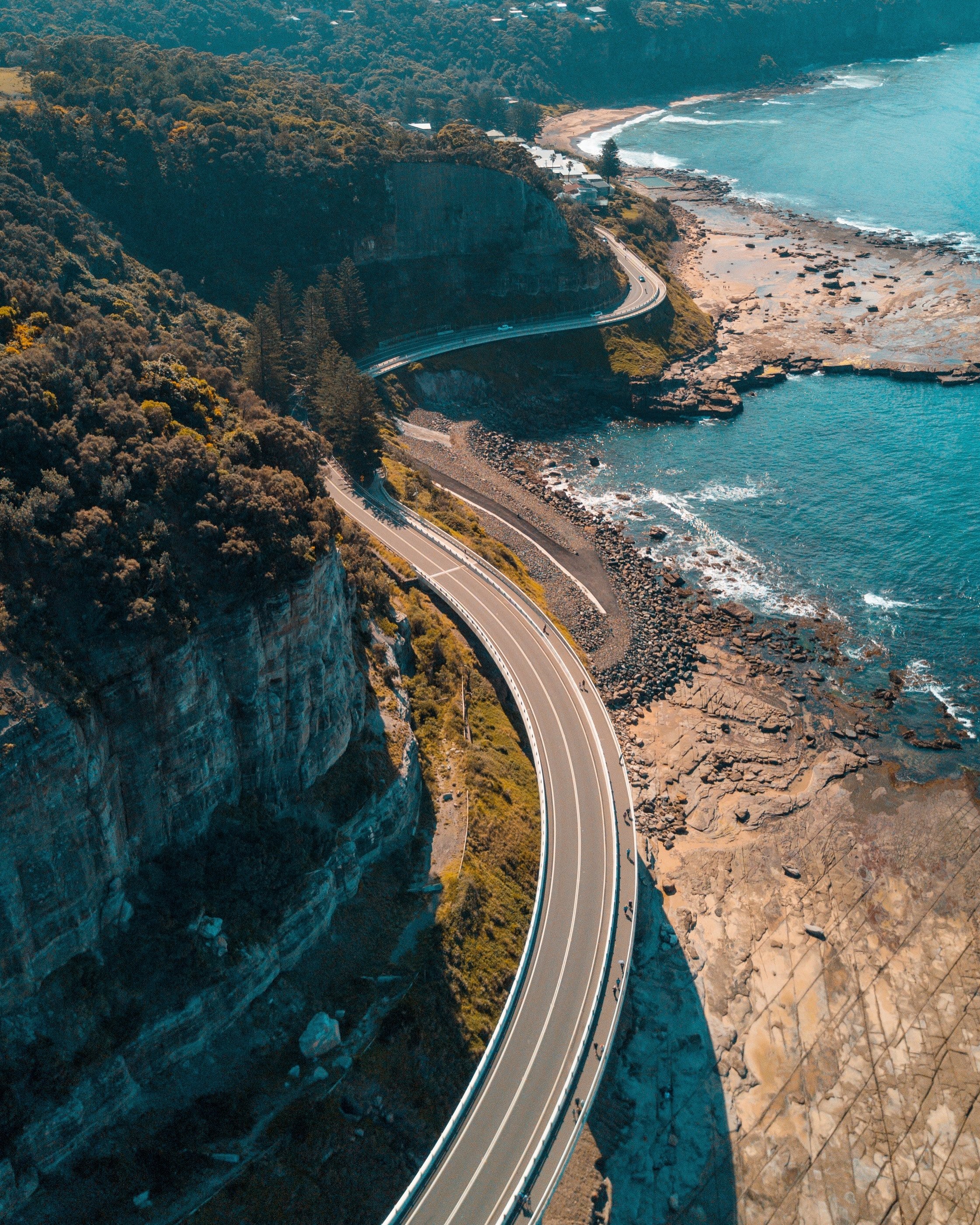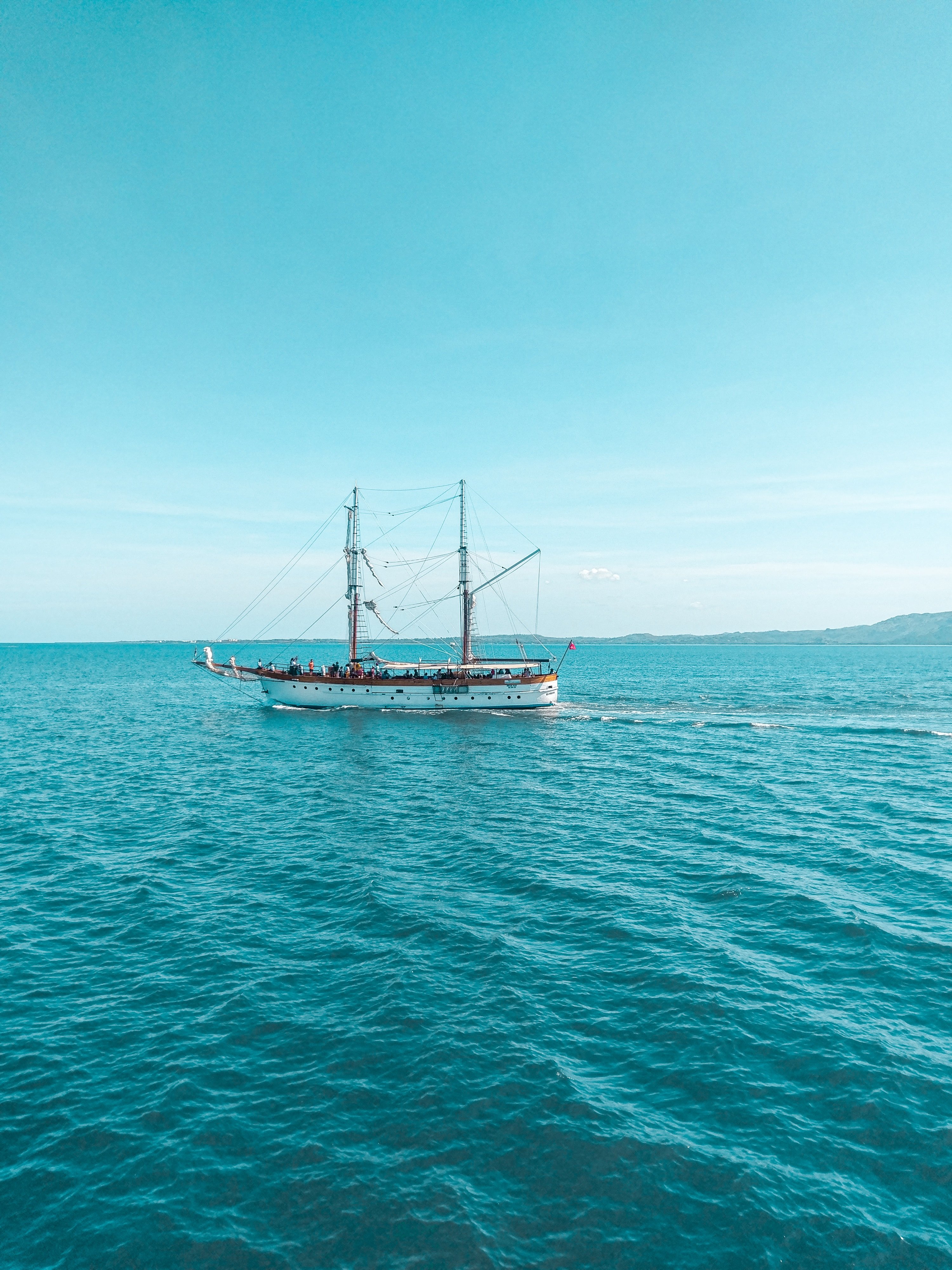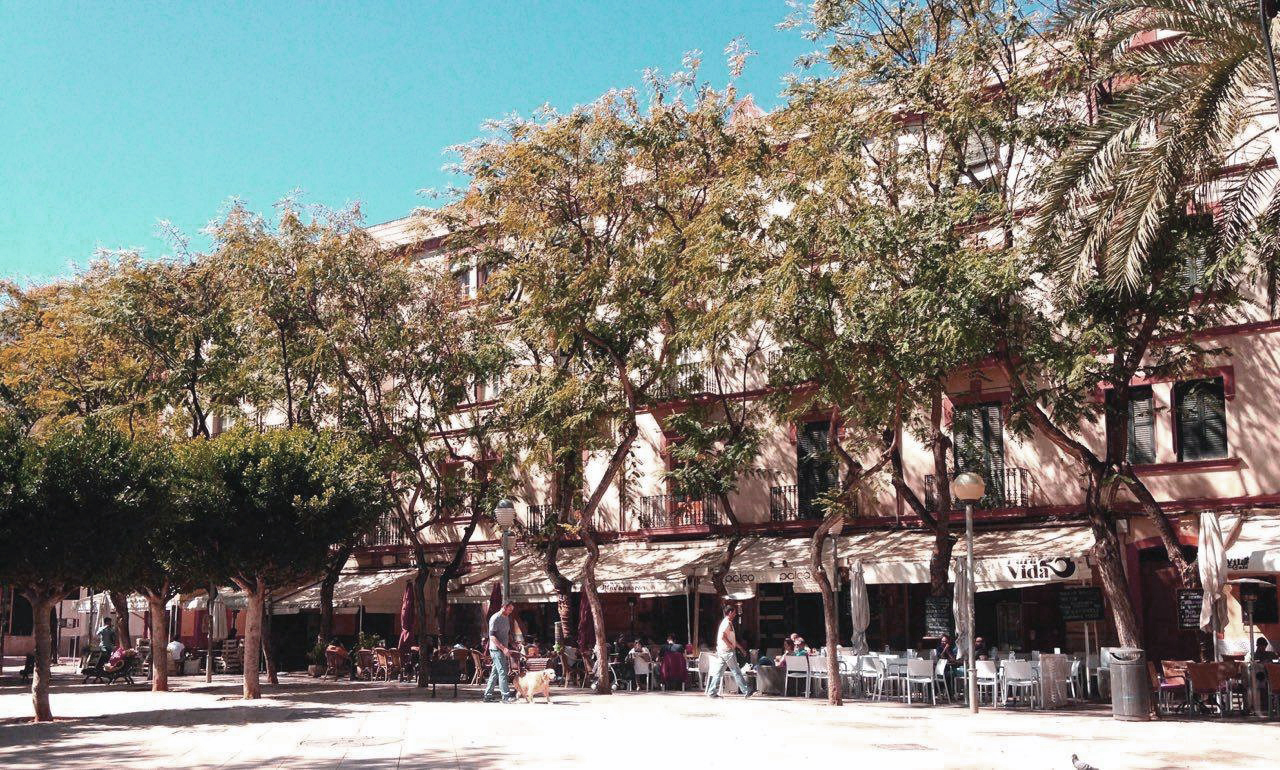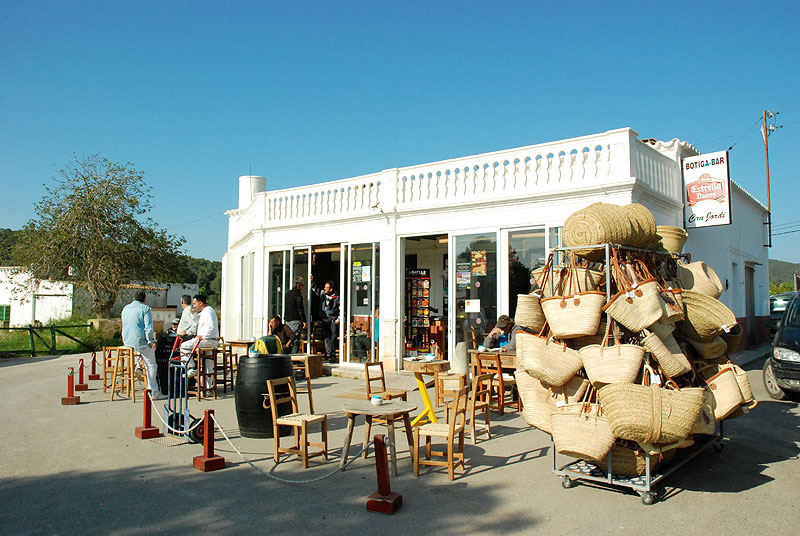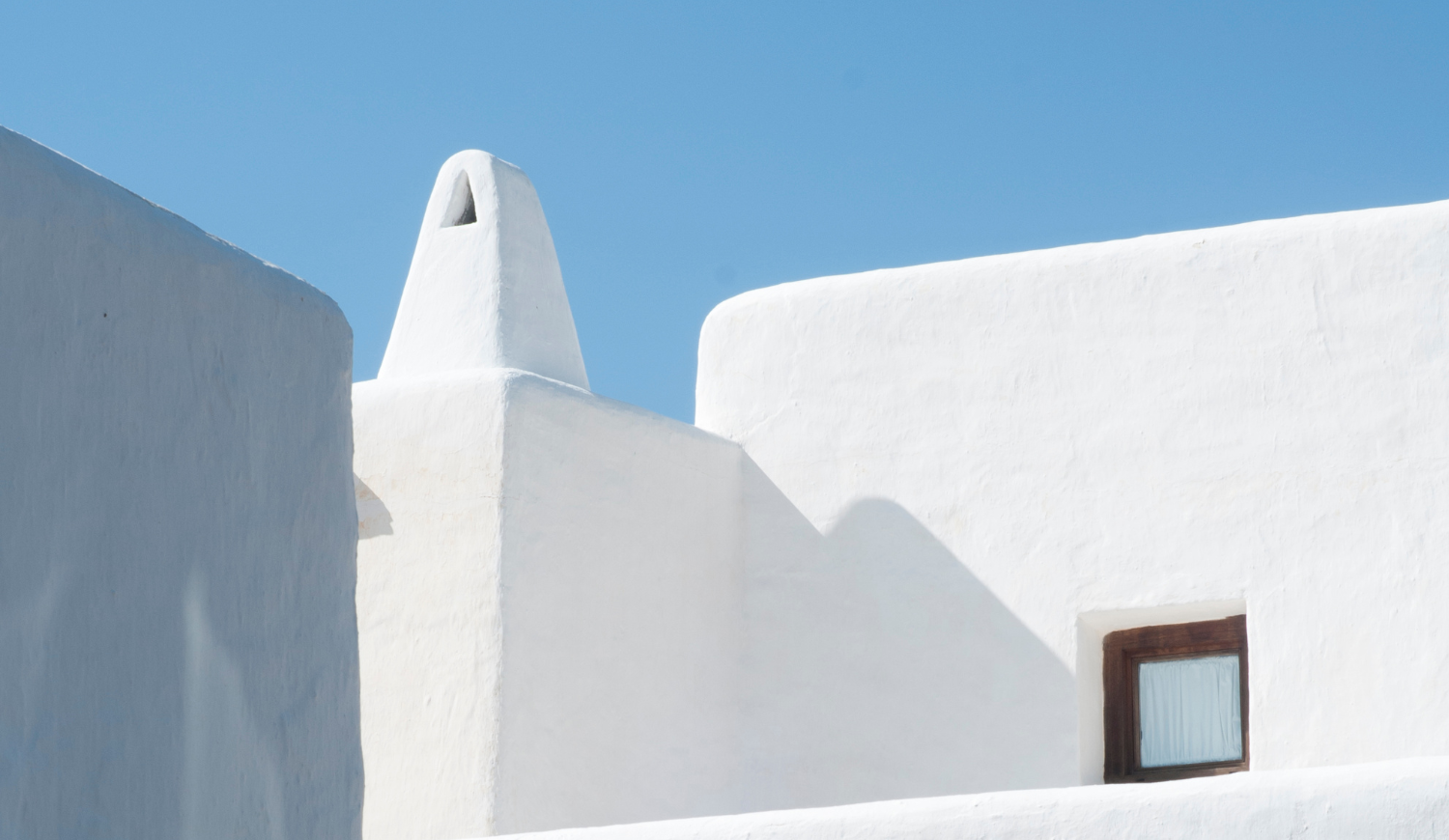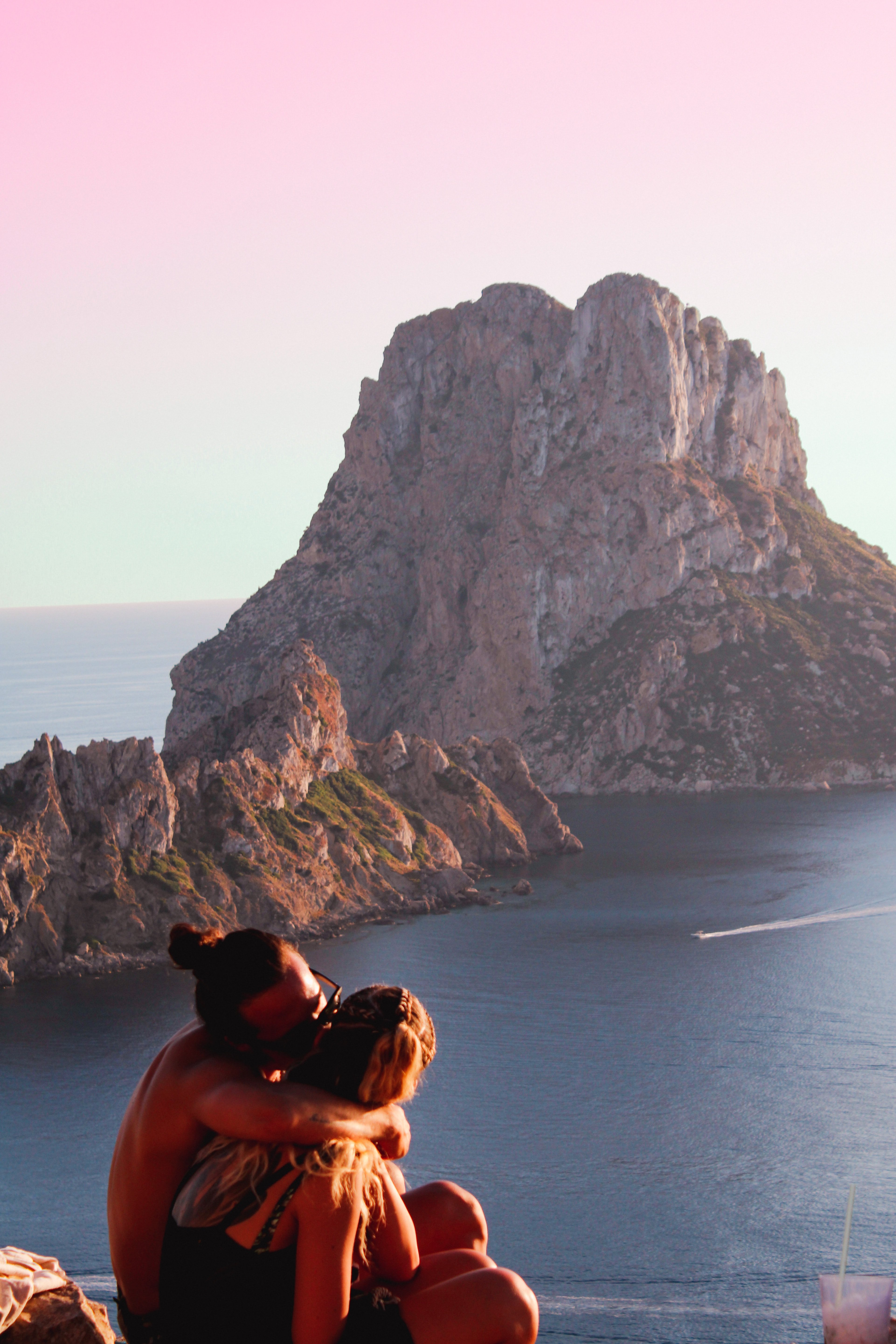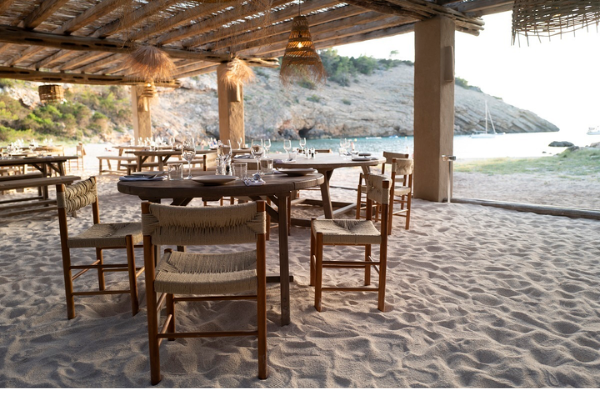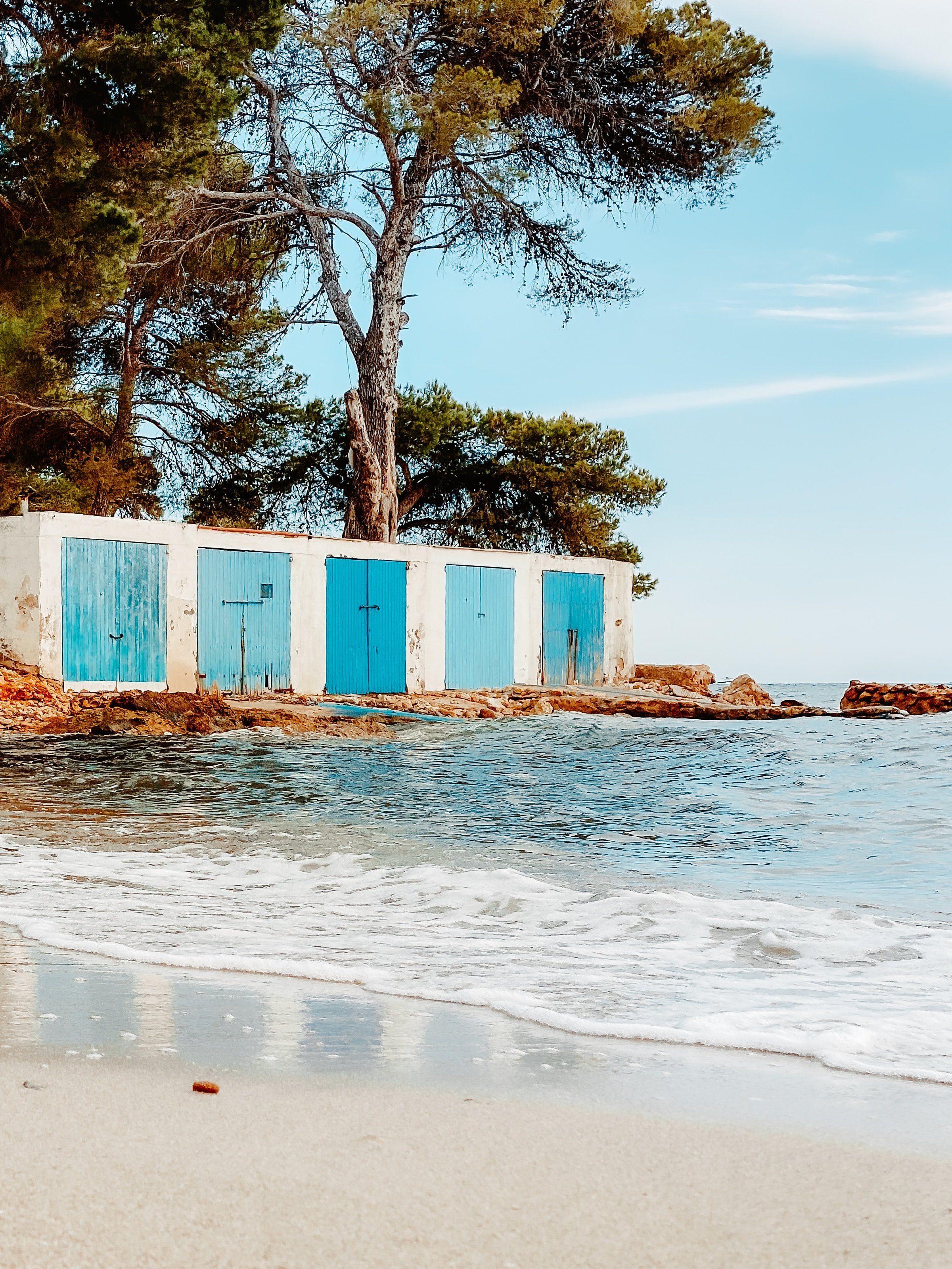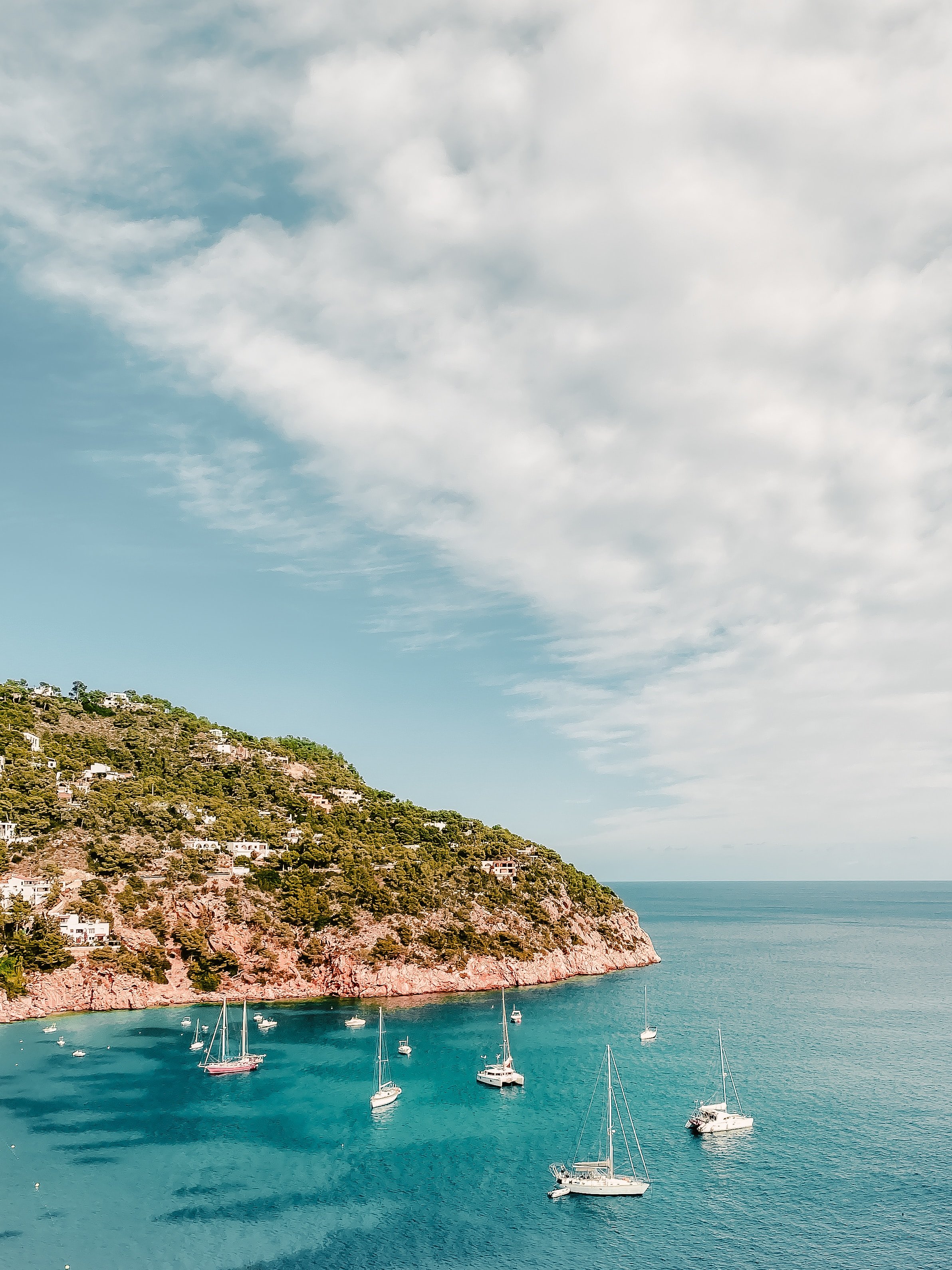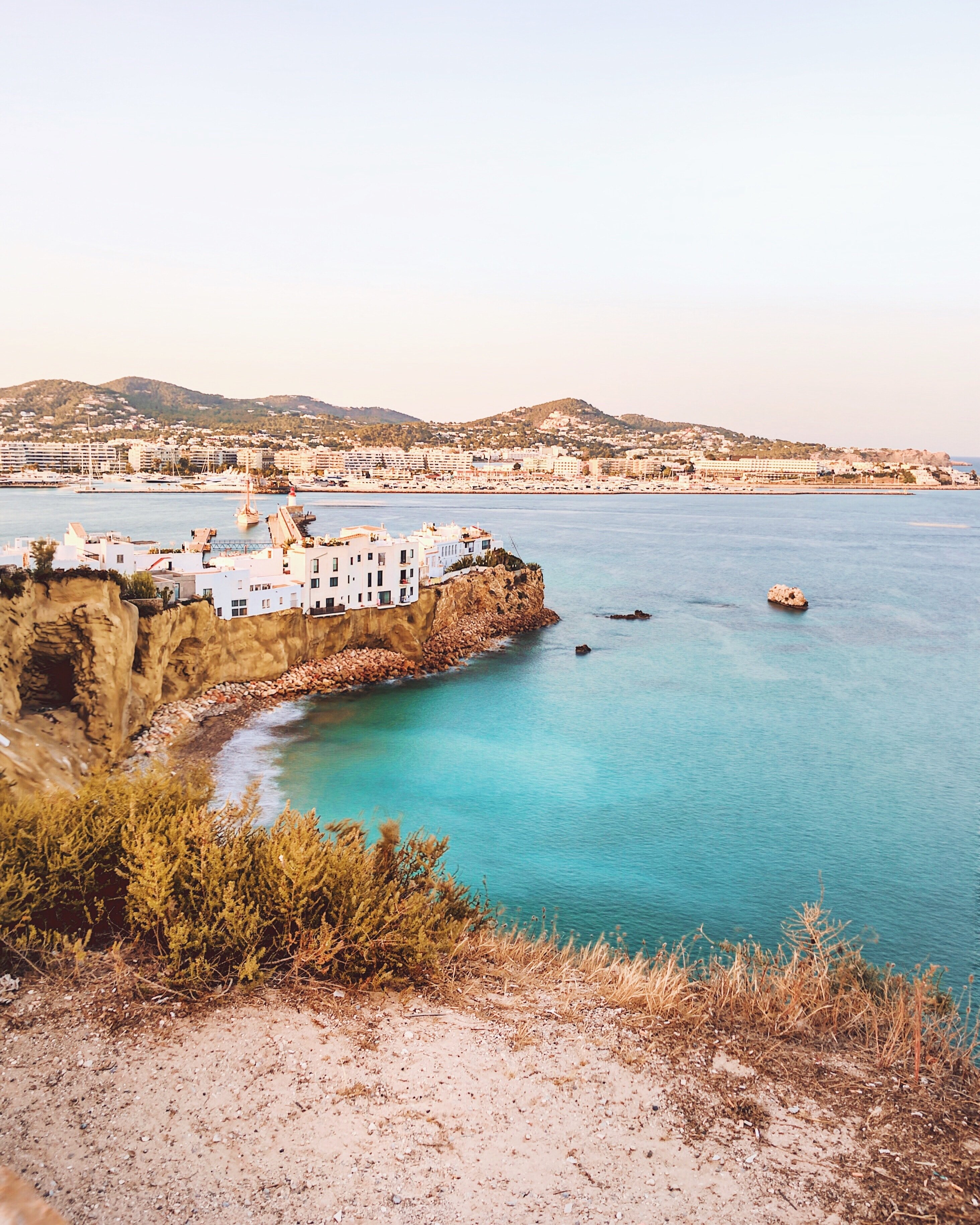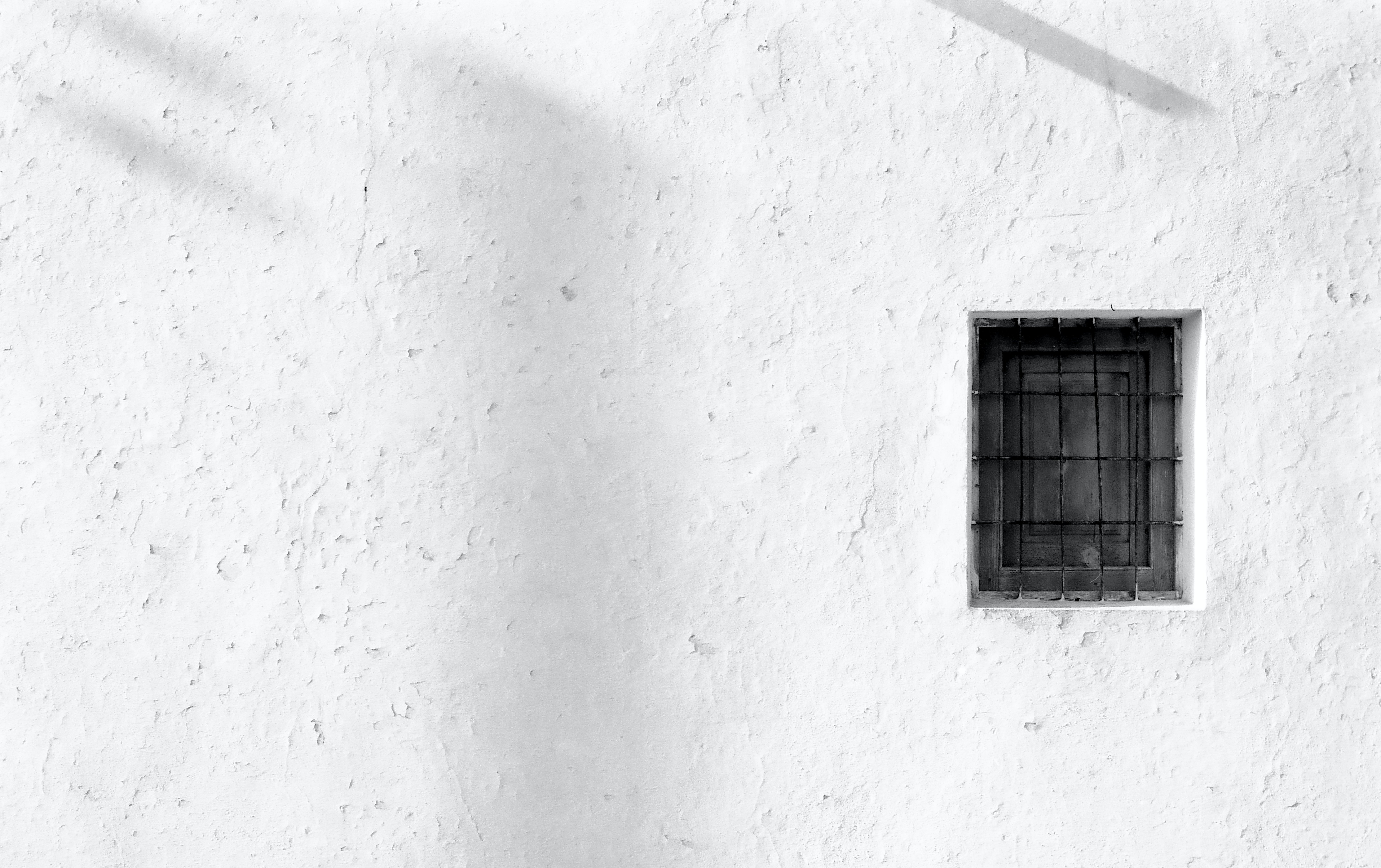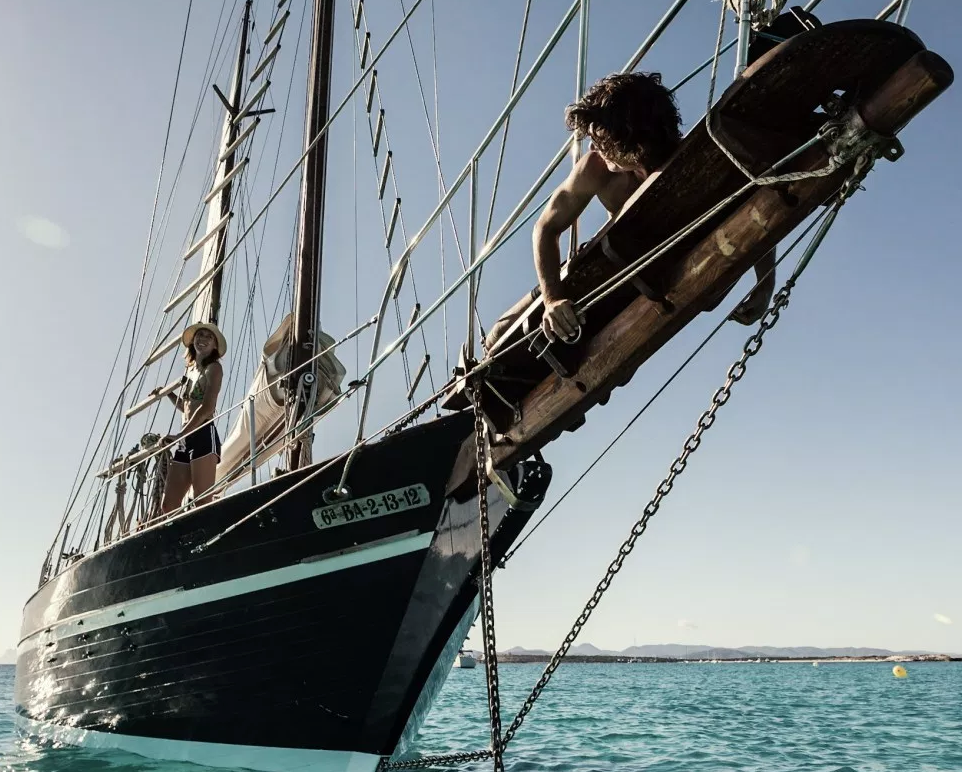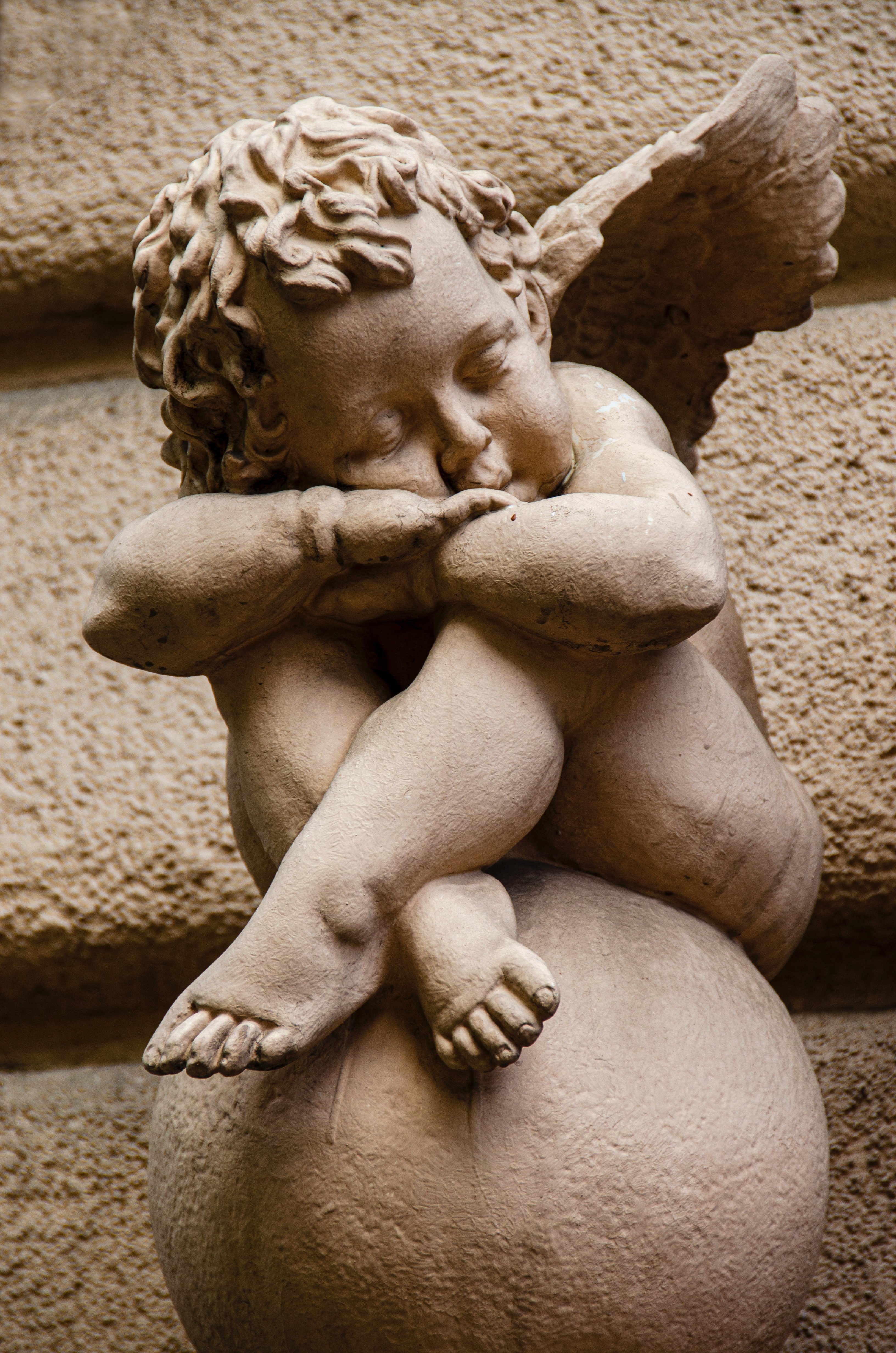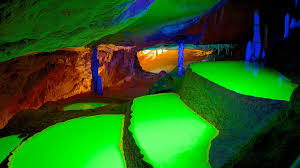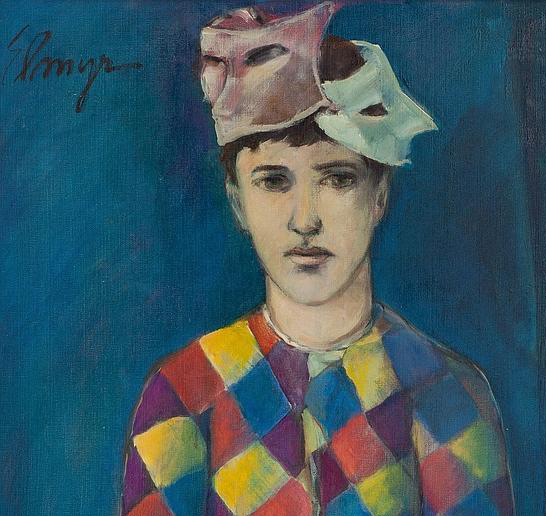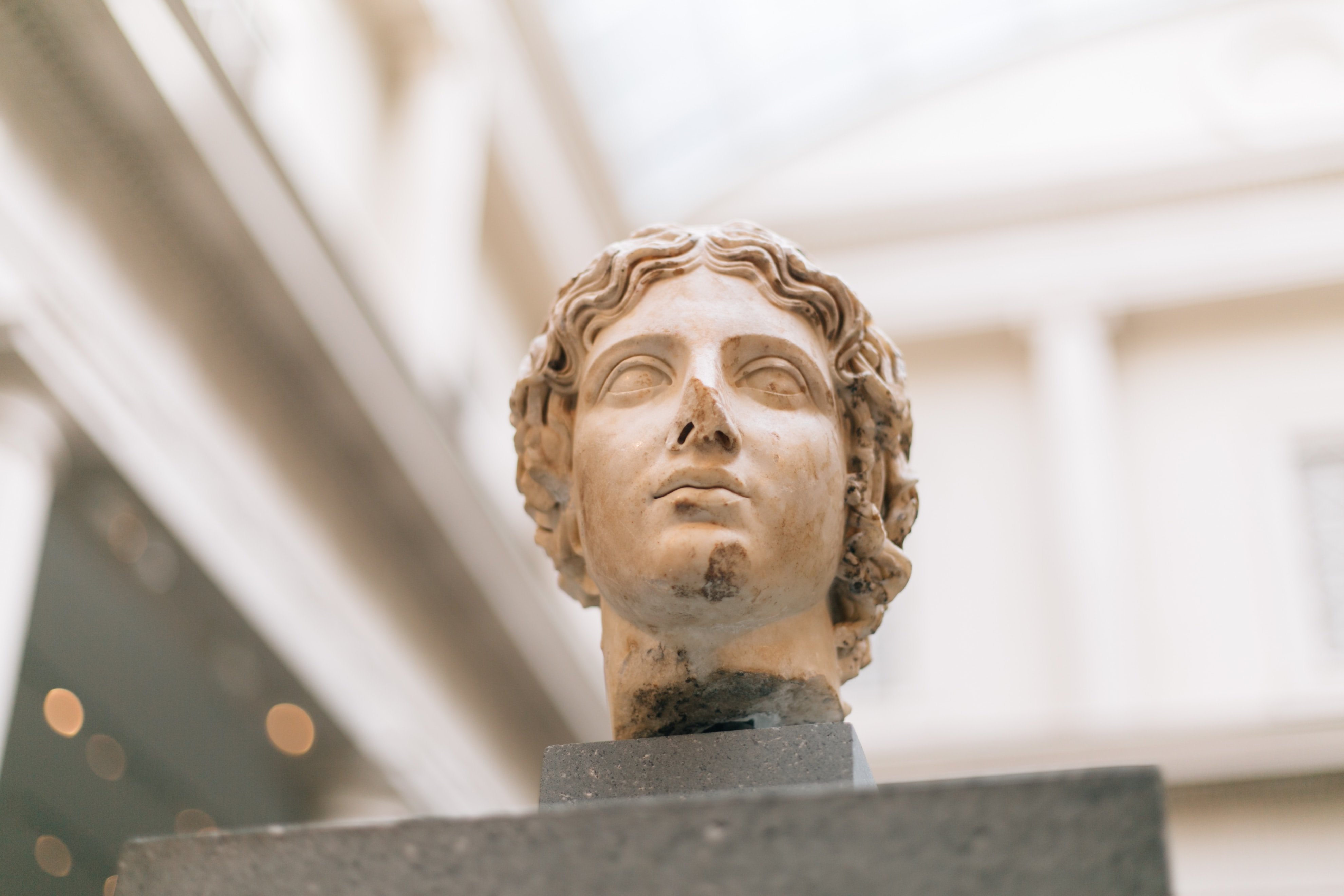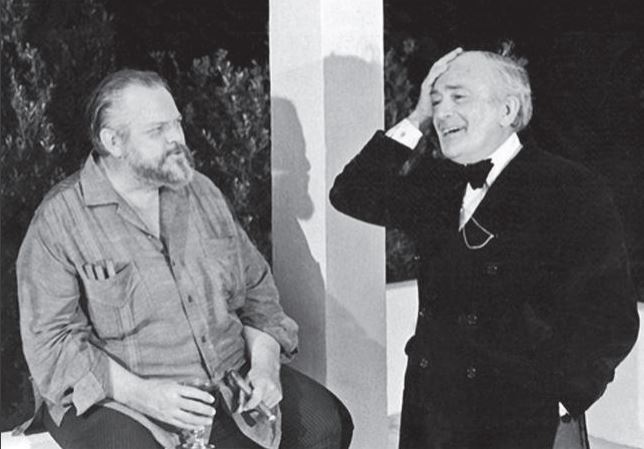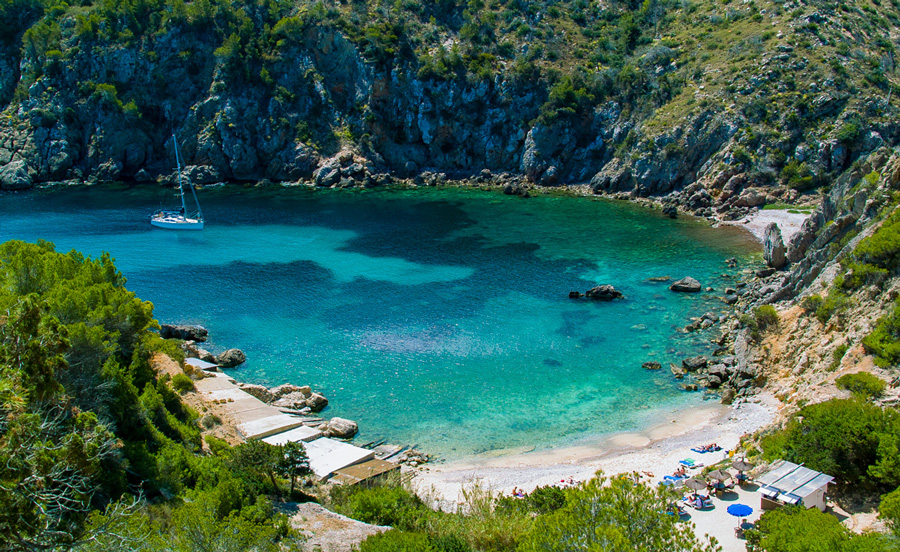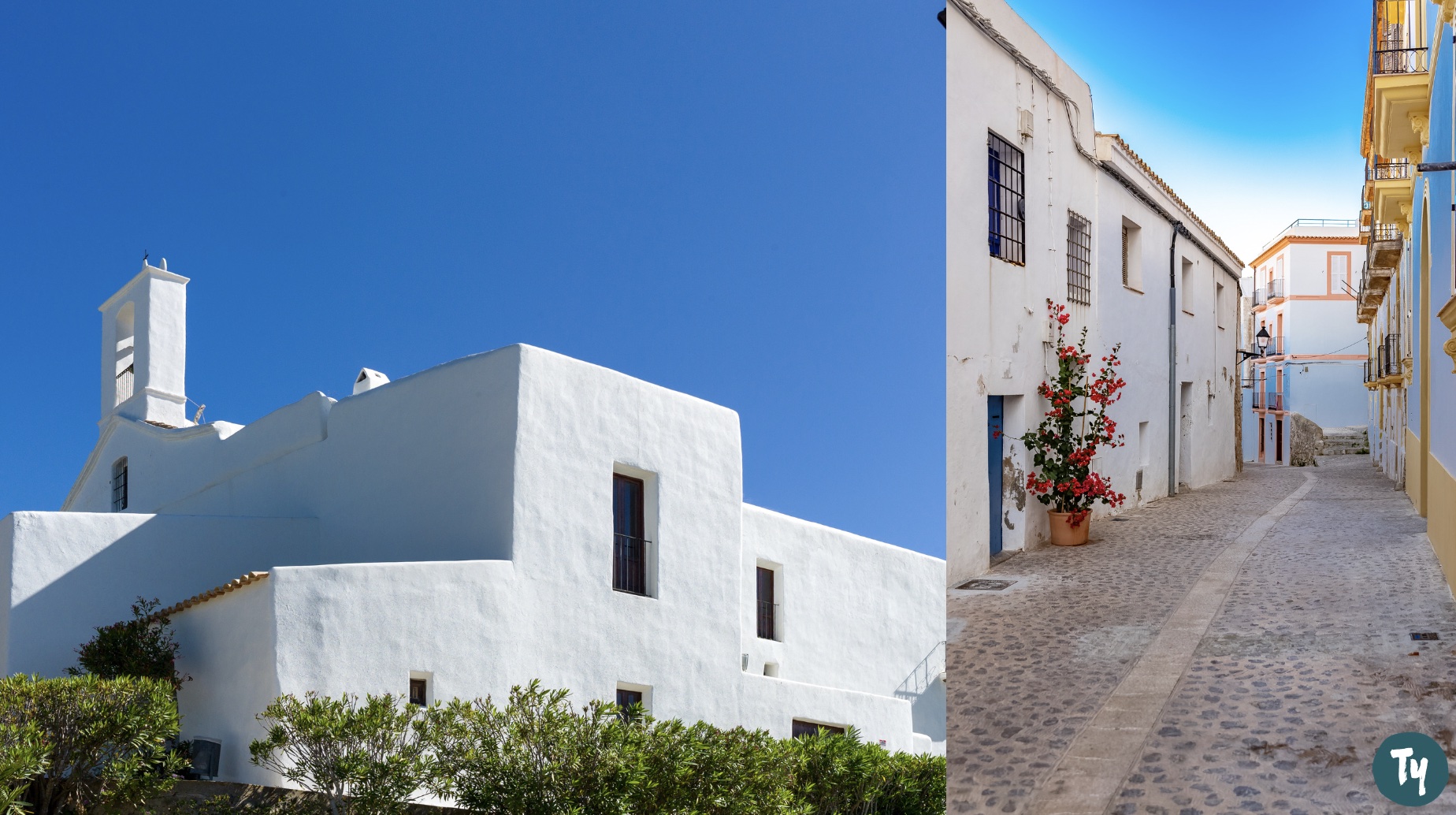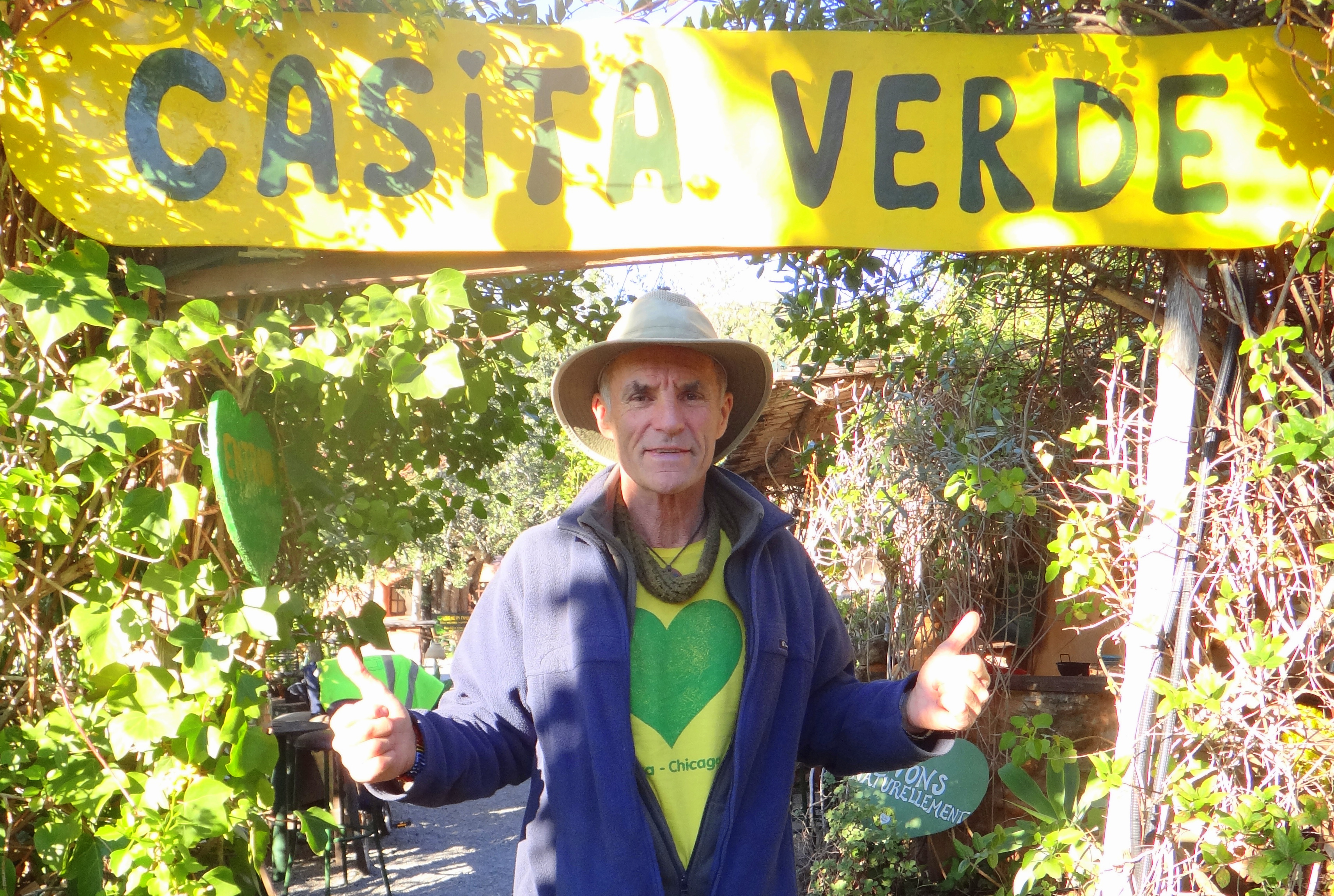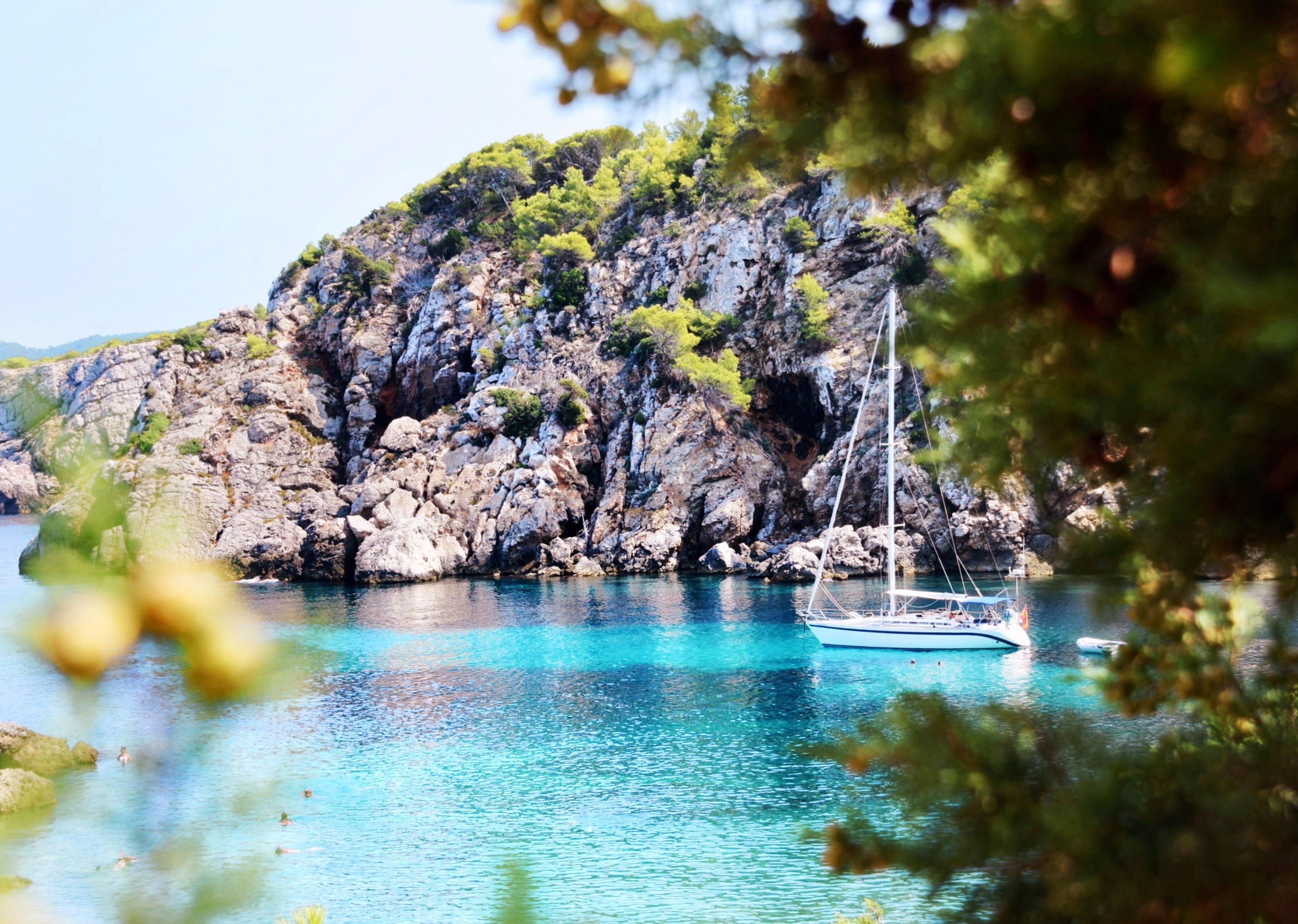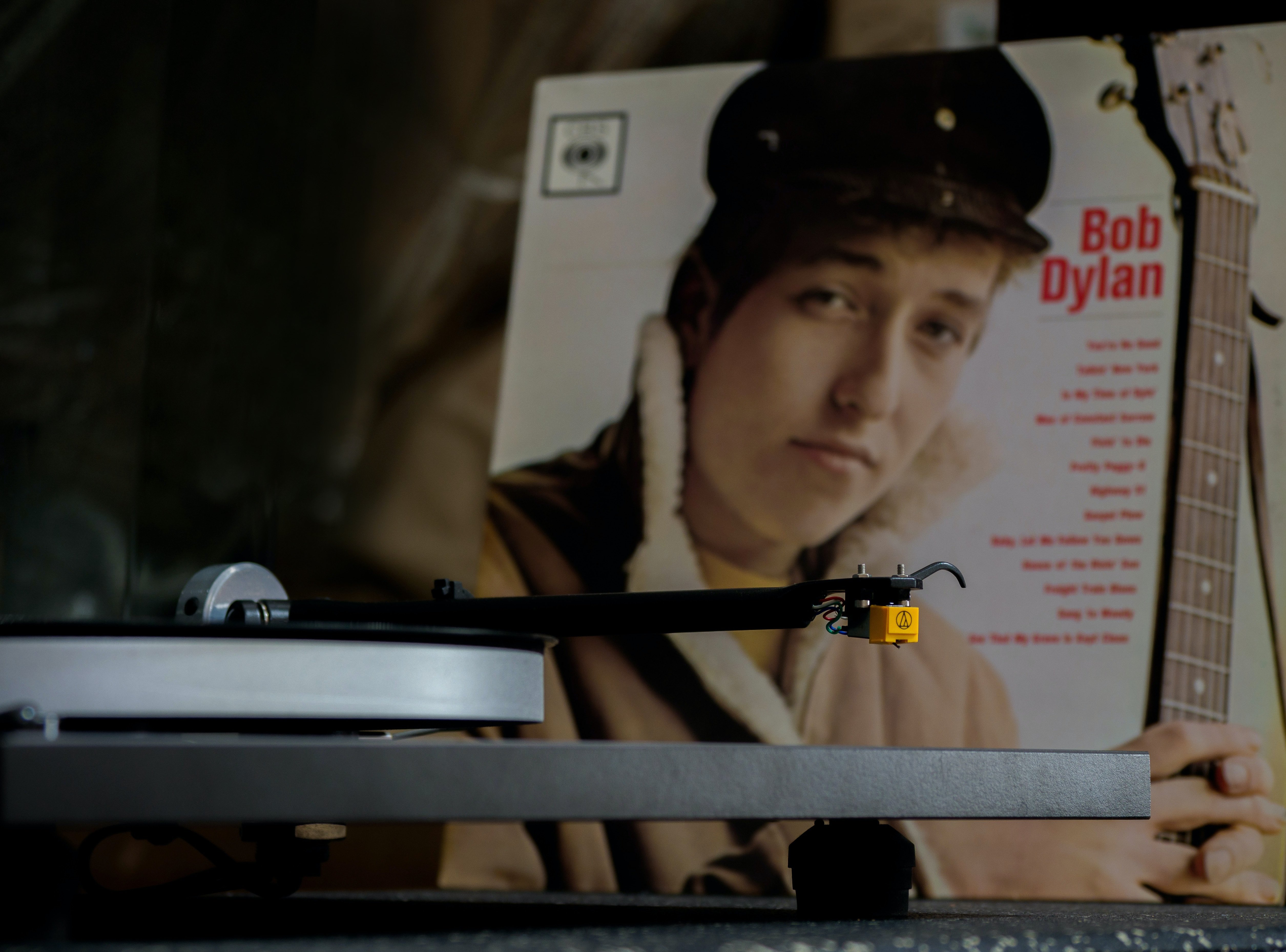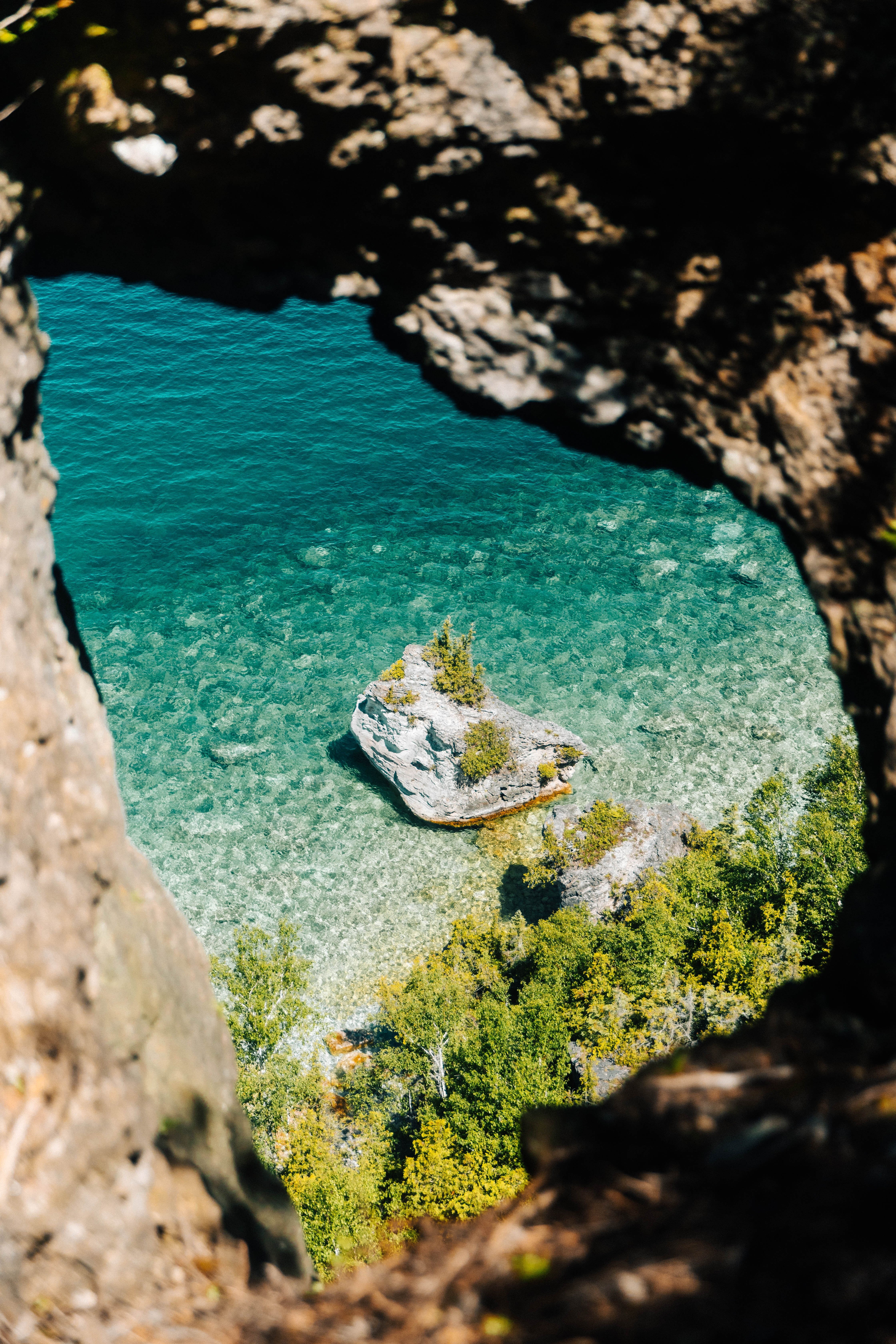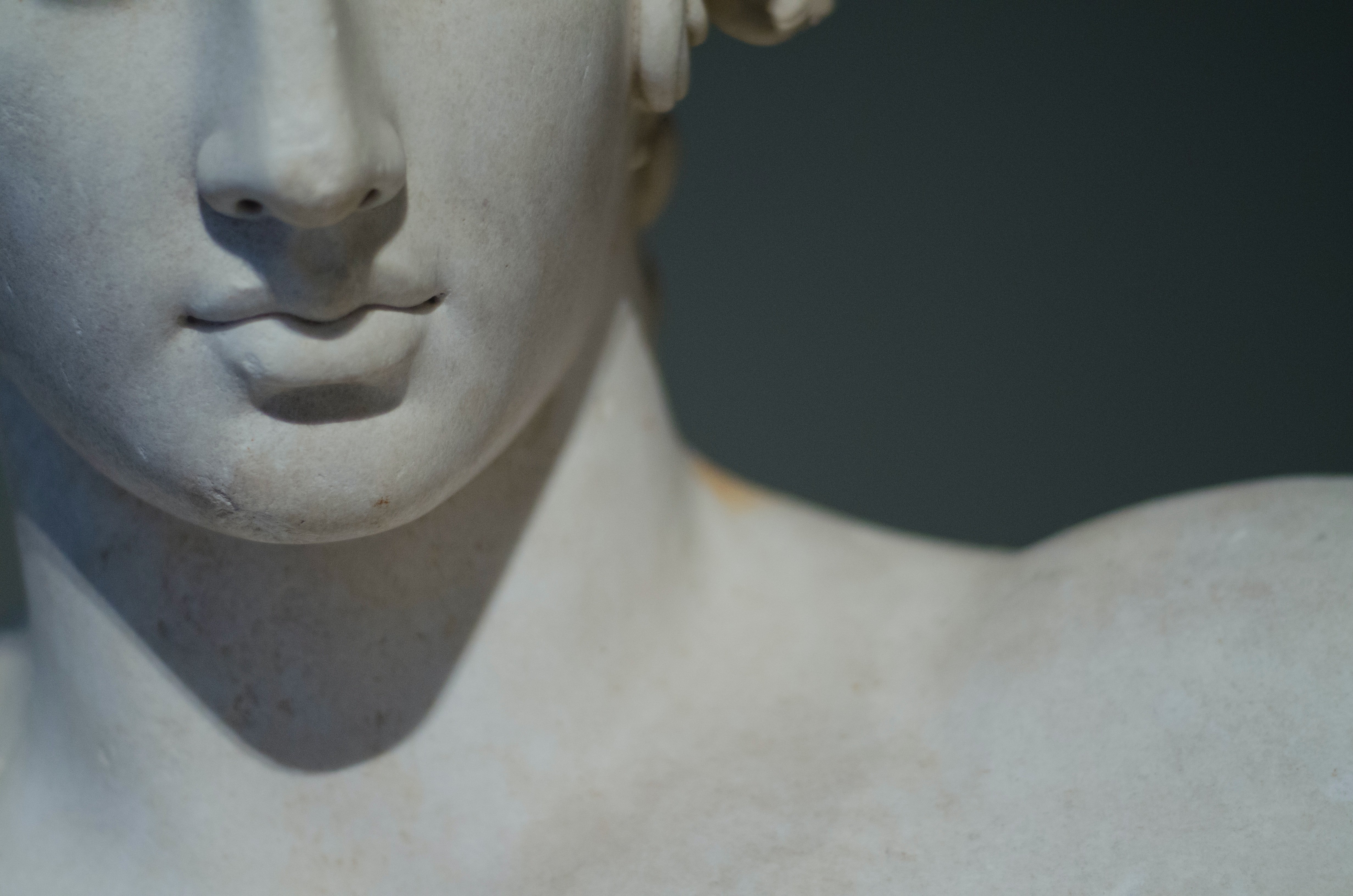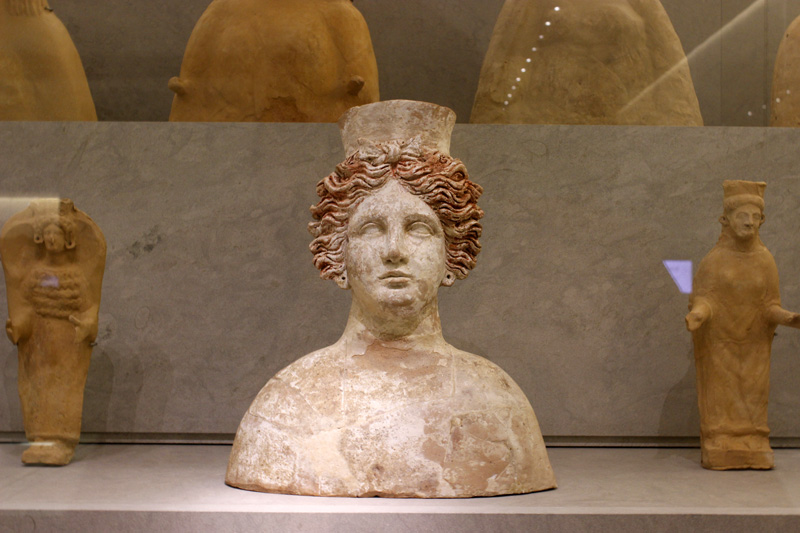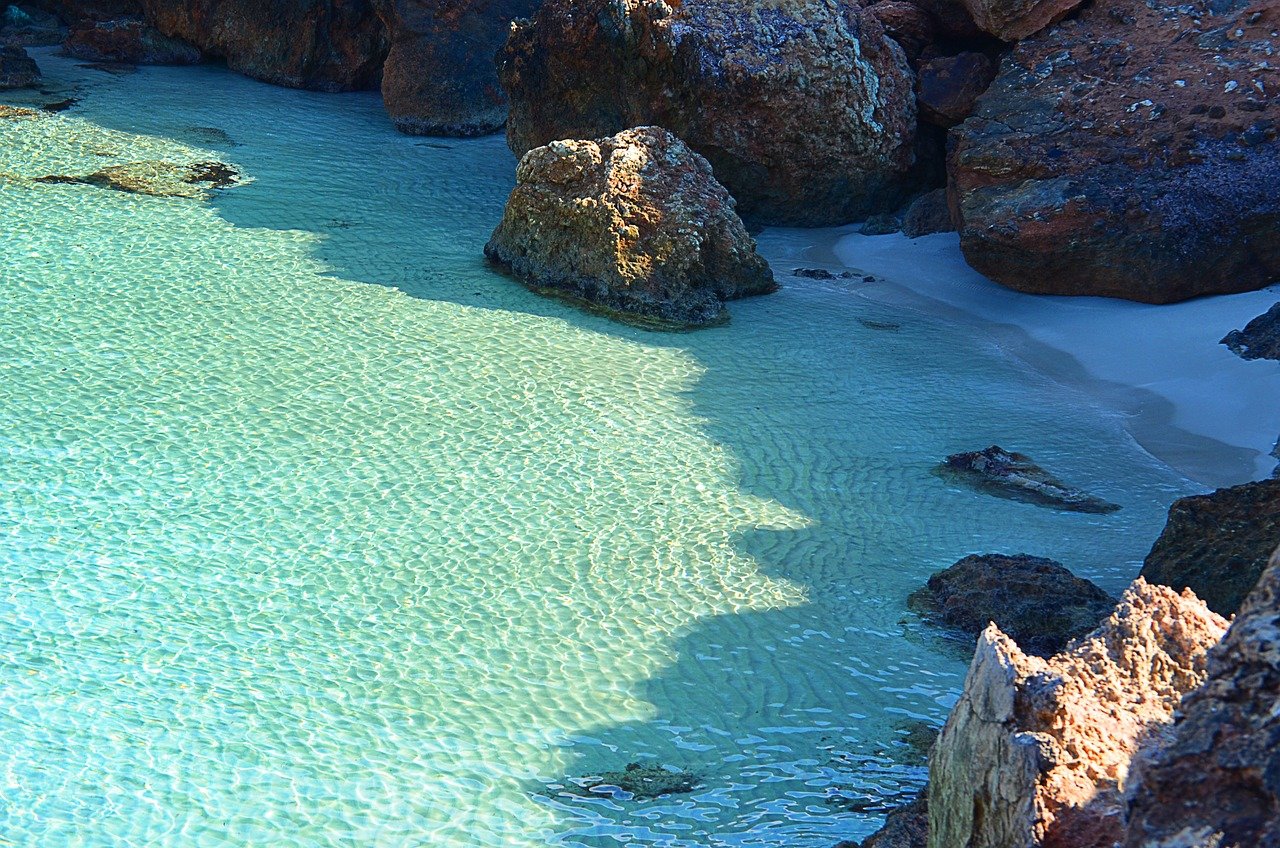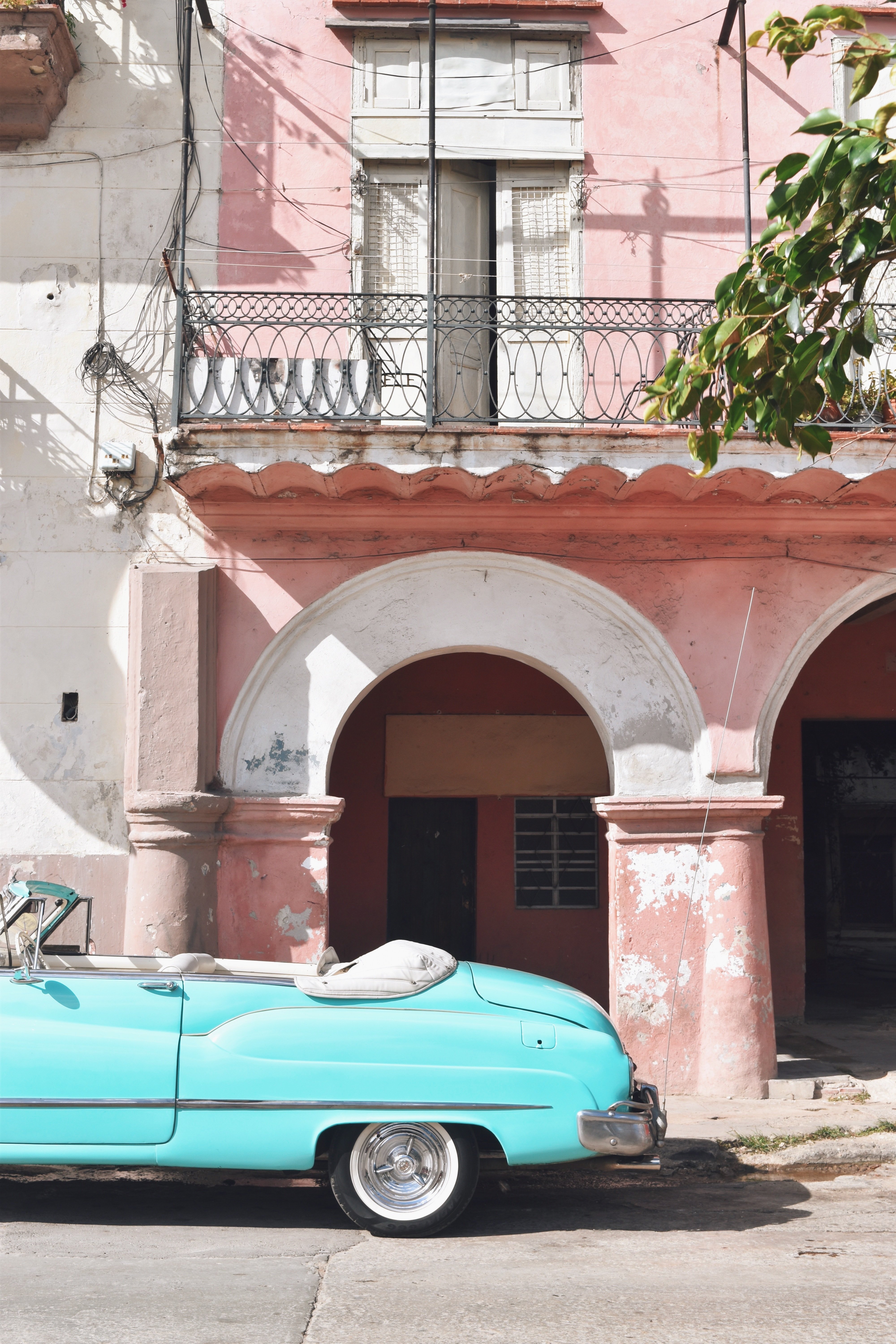(by Pablo Burgués)
It was back in the nice XVIII century when the no less nice King Charles III ordered the construction of a series of watchtowers throughout Ibiza and Formentera. It seems that, in those days, the crystal clear waters of the Mediterranean were packed out with pirates, and the monarch was completely fed up with the fact that those disgraceful criminals devastated his idyllic islands every 300 seconds (that is, every five minutes).

However, to be completely honest with the story, we should say that those strong fellows with an eye patch and wooden leg weren’t such bad people as some say… The thing is that they got bad press because everybody disliked them. OK, it’s true that the guys had their nasty things, as everybody, and I won’t deny that plunder villages, burn towns and slice necks now and then is quite ugly. But, well, we also have to understand that those boys were in the growing age and at that time there was neither a Carrefour, nor a Lidl, not even a Can Jordi where they could do a small and cheap weekly shopping. Thus, the poor pirates, much to their regret, were compelled to commit crimes to be able to eat (and everything else).

Nonetheless, those days of pirate licentiousness were drawn to an end when Charles III, the Chuck Norris of the Mediterranean, succeeded to the Spanish throne. His idea was to set up a defence system comprised of 14 towers distributed on the most strategic locations in Ibiza and Formentera. Virtually none of them was fitted with cannons or any kind of artillery, because their primary role was not attack but vigilance. The sophisticated action protocol was that, when one of the watchmen made out an enemy ship approaching the coast, a big bonfire was lighted at the highest part of the building. The smoke warned the population of nearby villages, and the people, terrified, run to hide in the forest or shelter in some fortified church, with their dear ones and with some relatives as well.
Recent studies show that the same subcontractor should have built all the constructions, because all of them share the same features: very thick stonewalls, circular floor, truncated cone shape, two floors and a total height of about 32 feet (10 metres).

However there is a point that has divided the scientific community: the fact that some of the constructions (like Ses Savinar, the one in the picture) have the front door more than 9 feet (3 metres) above the ground!!! Two hypotheses are being considered: 1- That the access to the tower required ropes and/or ladders that were moved away when people were already inside, so that the entry was made difficult for potential attackers. 2- That the architect said whatever, but the master builder understood who-knows-what and the craftsman thought they meant this-and-that and finally the bricklayer’s mate did what he wanted. So, it’s nobody’s fault, and either you pay again to knock everything down and start again or you go to Decathlon to buy climbing boots to get into the house.
------------------------------------------------------
Pablo Burgués on Instagram and Twitter
Translation: Dora Sales
Read more stories: Typic d’aquí
Tags
Ibiza, Typic Hotels, Typic, aventure, Pablo Burgués, Sabáticos, Sabaticos.com, Gran Wyoming, El Intermedio, destination, traveler, White island, Eivissa, hotels, guesthouses, apartaments, hollidays, hippies